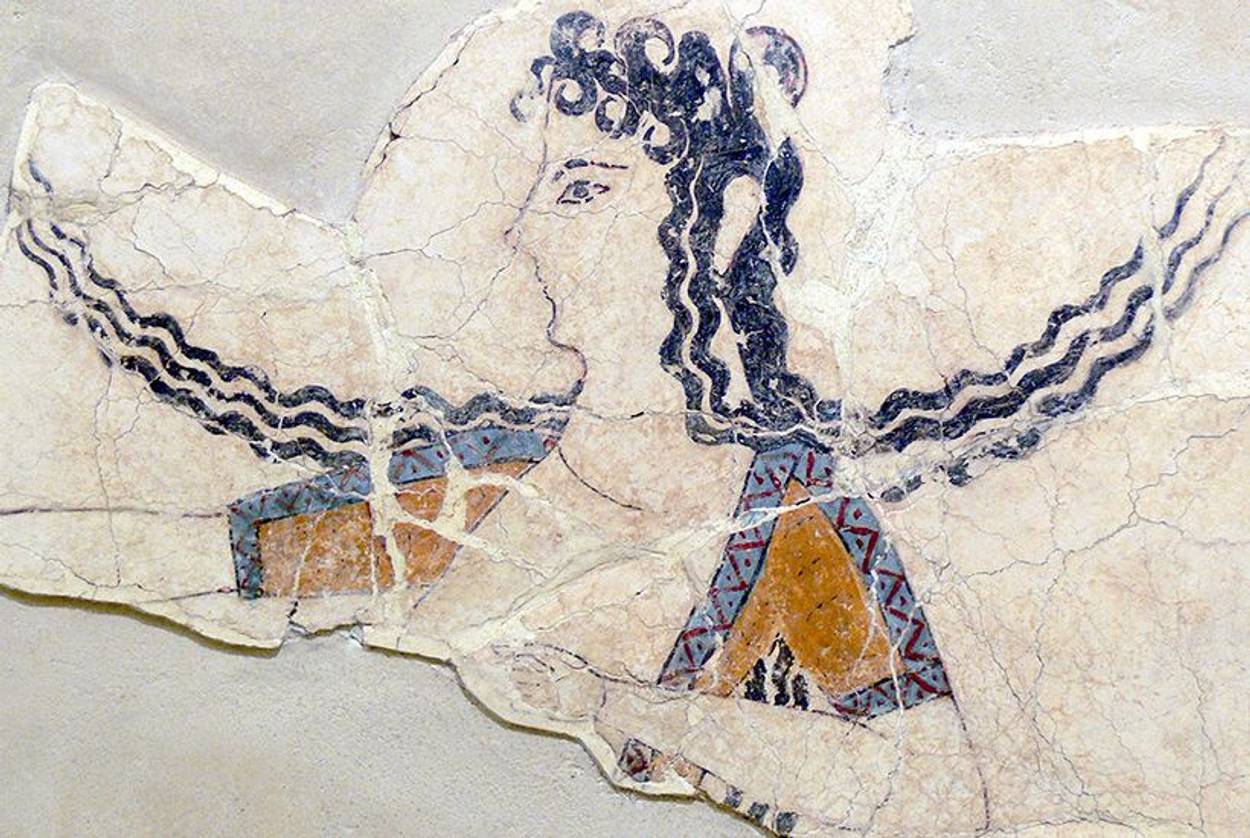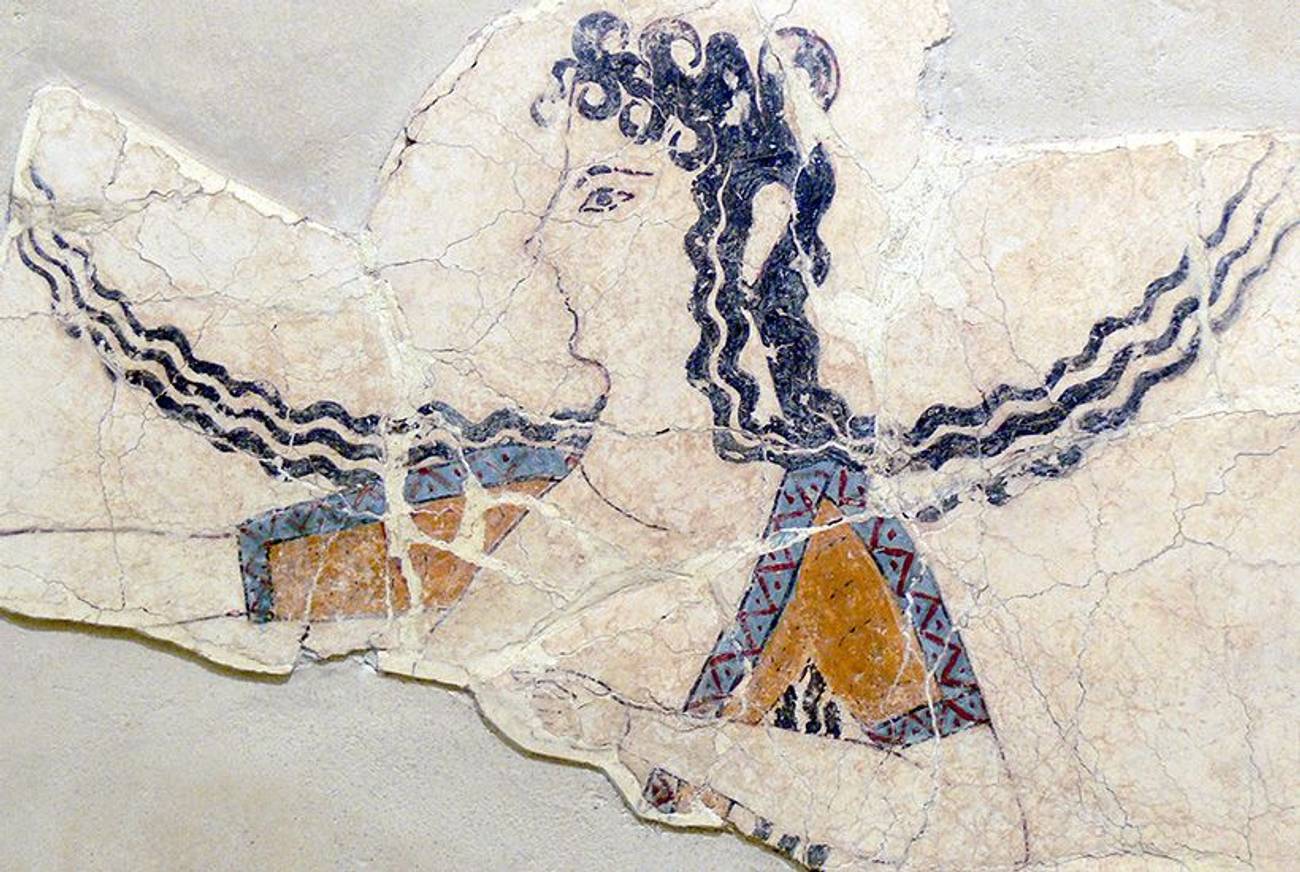Two Books Explore New Perspectives on the Talmud, With a Focus on Women
Ruth Calderon reimagines ancient tales, while Tova Hartman and Charlie Buckholtz examine characters in the margins




My favorite parts of academic books are the introductions. They’re usually written in a passionate, personal style, explaining what drew an author to dedicate a vast amount of time to a subject and how she or he became and remained engaged with these intellectual issues over a course of years. Introductions let readers know that a writer has “skin in the game.”
In two new books about stories in the Talmud, the entire volumes have that personal feel of an introduction, giving readers a clear sense of why the author needed to write this, and what her agenda is. Two Israeli women (and, in one case, a male co-author) give this most traditional of texts a wholly new reading, each with a different set of interpretive tools, yielding a very different sense of this corpus of literature than more traditional readings have given readers before.
Current Knesset member Ruth Calderon, of the Yesh Atid party, is the first woman in the Israeli Parliament to have a Ph.D. in Talmud. Her first book to be translated into English, A Bride for One Night (originally published in Hebrew in 2001), blends a fictional take on particular texts with more erudite discussion that lays out her understanding of Talmud in a wholly unprecedented way. Calderon imagines her ways into each of her 17 chosen texts with a fictional retelling of the tale. Each section opens with the tale itself. Then, in her fictional exegeses, she uses her extensive knowledge of the text to imagine the various emotions the characters in it may be feeling and what consequences the tale has for the characters, as well as where their motivations for action come from. In a recent interview in her Knesset office, she told me that she wrote the book the way she teaches, that she feels stories in the Talmud are a “condensed peel, written in dense concentrated words” and that their language is “a haiku, most of the stories are between the lines.” To better get at the significance of the text, she used the midrashic mode of imagining possible reasons for the events in a text occurring. After she had written her imaginary retellings of each story, one of her readers, Ariana Melamed, a journalist and writer, suggested that Calderon include her own thoughts on it, similar to the way that she teaches. Reading this three-part explication of the text feels like sitting in a class and getting a teacher’s personal sense of what a text is about. Calderon’s original objective in studying Talmud was to take hold of it for herself as a modern Jewish woman, to find her way into the text and see what it could mean to her personally. In showing readers how she finds her way to seeing what is going on in each of her texts, she is demonstrating how they have become integrated into her life and outlook.
In Are You Not a Man of God?: Devotion, Betrayal, and Social Criticism in Jewish Tradition, Tova Hartman and Charlie Buckholtz have a different starting place, a more academic one, situating their understanding of the texts within a dynamic of psychological and feminist textual readings, as well as a thorough awareness of recent academic Talmudic scholarship. Hartman’s previous books Feminism Encounters Traditional Judaism and Appropriately Subversive: Modern Mothers in Traditional Religions are more traditional gender-studies books, while this is more of a re-understanding of a very traditional group of texts from a point of what the authors call “devoted resistance” and of social criticism, finding those points where the text itself suggests places for critique. Buckholtz’s previous book The God Who Hates Lies: Confronting and Rethinking the Jewish Tradition was written with Hartman’s late father Rabbi David Hartman—founder of the Hartman Institute in Jerusalem, professor of philosophy at Hebrew University, and author of many books of Jewish philosophy and theology. (When I met Hartman in January 2014 at the kiddush outside Shira Hadasha, the “Orthodox feminist congregation” she founded in Jerusalem, she told me that this book was a posthumous argument with her father, and that they had continued to argue about these texts until his death last February.) Are You Not a Man of God? reads four different characters and episodes where the marginalized character or point of view is analyzed as a more central and significant part of the story. The book is an argument for why those on the margins, and their points of view, need to be taken into account and listened to; they say of Hannah, the biblical character seen as a model for Jewish prayer, that her voice in prayer “lies dormant within the potential of every individual, community and generation, waiting to be spoken.”
The authors’ motivations differ, but both books are trying to bring new and previously unheard perspective to the texts they discuss—Calderon through the use of fictionalization, and Hartman and Buckholtz through the use of academic discourse and metholodogy. Both texts address the texts about Beruriah, along with Ima Shalom—two of the few women quoted by name in the Talmud and respected for their learning. Beruriah is a character who has knowledge equivalent to that of the male rabbis, as daughter of Hananiah ben Teradyon and wife of Rabbi Meir, yet she functions as a voice that resists and critiques this system as a female outsider. Hartman and Buckholtz admire Beruriah—whose name means “clarifying analysis,” from the root barur or “clear”—for her “moral intuition and relational sensitivity,” which they feel can be “powerfully valid and helpful ways of accessing the tradition’s most cherished values and meanings.” For them, this female outsider who is also steeped in male traditions of learning is someone able to validate an alternative view of the world, one that sees relationships and connections between family members as having primacy over any communal or divine obligations. They celebrate the fact that, rather than being hidden, “Beruriah’s resistant voice is preserved intact on the Talmudic page” and is “an important paradigm for cultural self-correction, embedding within its canon a model of devoted critique.”
Calderon reads the text about Beruriah’s suicide, a tradition preserved not in the Talmud itself but in Rashi’s commentary. She imagines what the student sent by her husband to entrap her into infidelity must have done and thought, and adds the jarring detail that when she hanged herself it was by her husband Rabbi Meir’s black tefillin. In her commentary, Calderon writes: “Beruriah’s death is not a punishment; it is the tragic fate of one who never found a place for herself. In contrast, Rabbi Meir’s self-imposed exile is a punishment for the sin of being unable to see his wife as both a Torah scholar and a woman. Instead of learning from her, he left her emotionally starved and lured her directly into sin.”
Another text both books discuss is the story of Rav Rehumai and his wife in Ketubot 62b. In her first speech at the Knesset, viewed round the globe on YouTube, Calderon made the point, as do Hartman and Buckholtz, that a critique of the rabbinic system is implicit in this story of a rabbi whose name means “compassion” or “womb” or “love,” and who leaves his home and wife to study far away. Rav Rehumai’s wife awaited his once-a-year visits, until one year, sitting on the roof of the study house, absorbed in his studies, he failed to return home. His wife “let a tear fall from her eye,” the story in Ketubot says, as translated by Ilana Kurshan in Calderon’s book, and “at that moment Rav Rehumai was sitting on the roof. The roof collapsed underneath him and he fell to his death.”
A system that does not allow for critique will die, the story and its expositors say. Calderon sees the rabbi as “a man who simply did not know what love is.” Hartman and Buckholtz see the story as an alternative reading of the much-praised sacrifice of Rachel, the wife of Rabbi Akiba who did not see him for the 24 years he was away studying; they suggest that this story and others valuing relationships are “awaiting an appropriative renaissance of their own.”
Both these books are written to give points of entry to feminist perspectives that hadn’t been brought to these texts before contemporary times. Both are written to give a highly personal reading, in the case of Calderon from the point of view of imaginative possibilities, and from Hartman and Buckholtz to validate a model of authenticity based on the significance of personal relationships and the importance of resisting the inducements of power that may betray these intimate ties—as they demonstrate in particular in the chapter on the biblical Isaac and the Greek Iphigenia. Certainly both these new books, with their imaginative and critical approaches to a traditional and much-read text, are a welcome step in encouraging Jews of all stripes to engage with texts that hold values we wish to live by, and to find those values there.
Beth Kissileff is the editor of the anthology Reading Genesis (Continuum, 2016) and the author of the novelQuestioning Return (Mandel Vilar Press, 2016). Visit her online at www.bethkissileff.com.